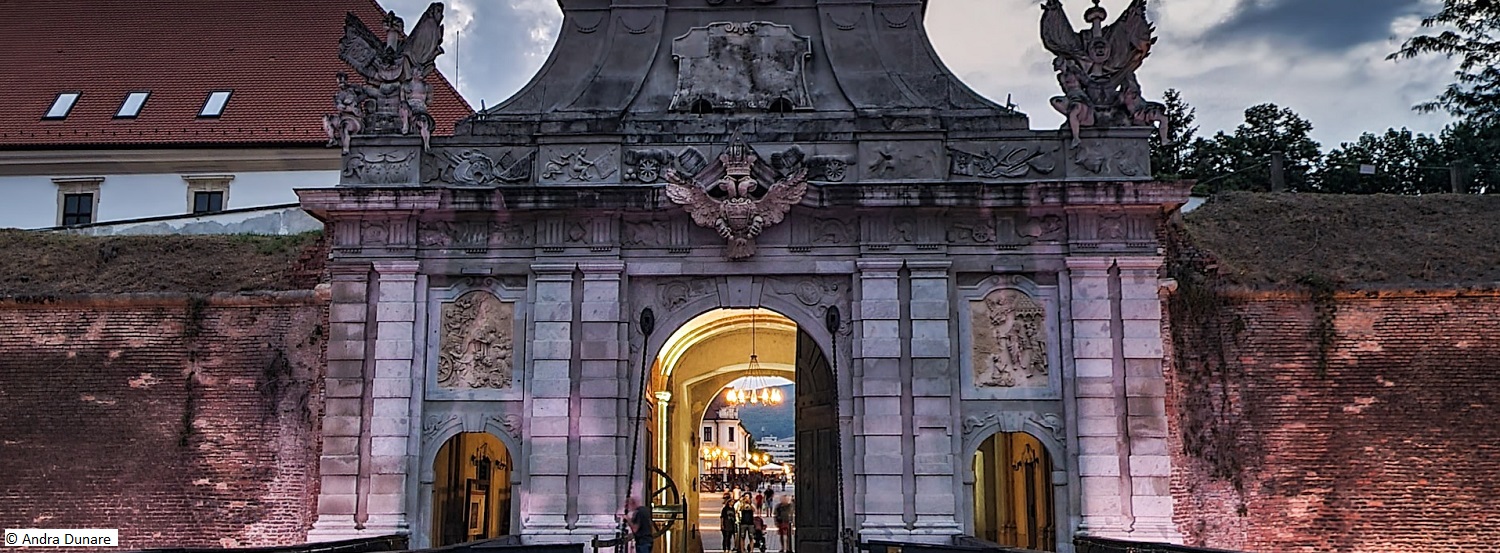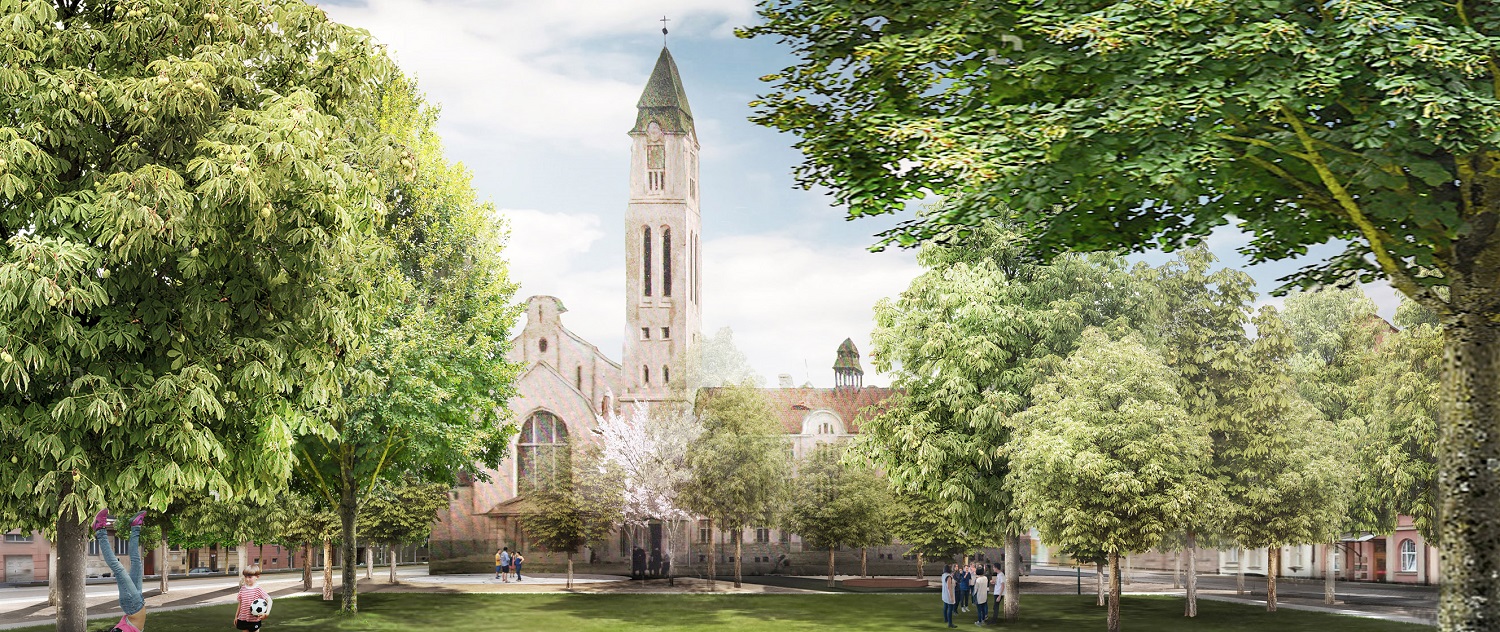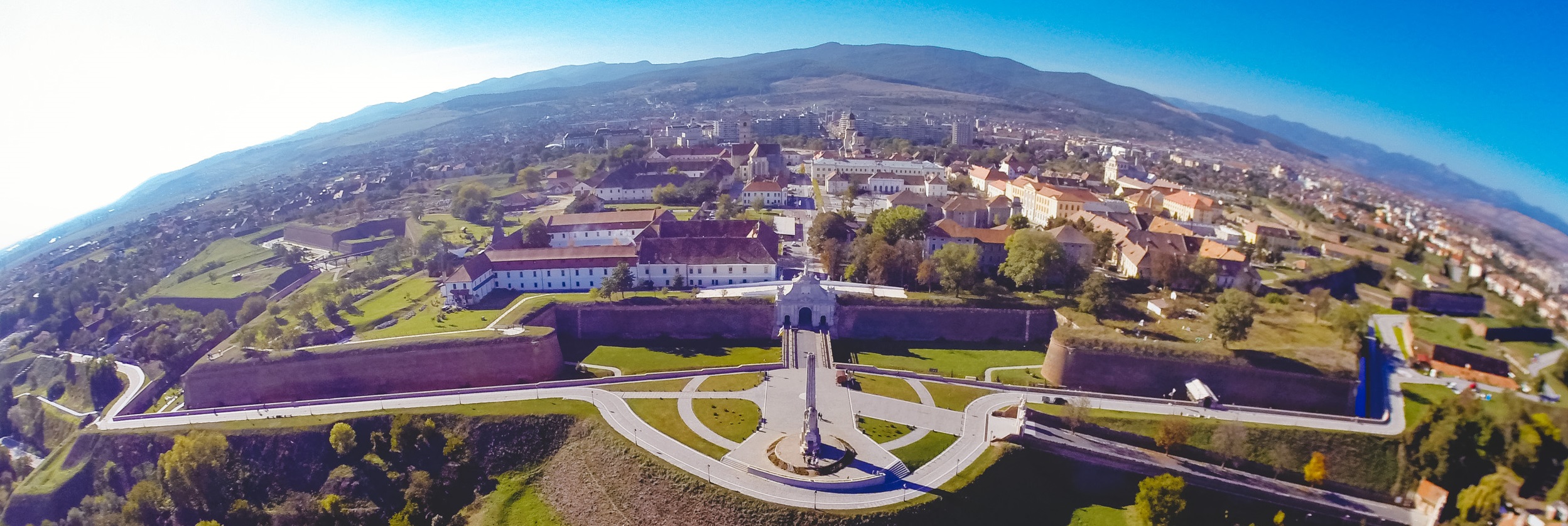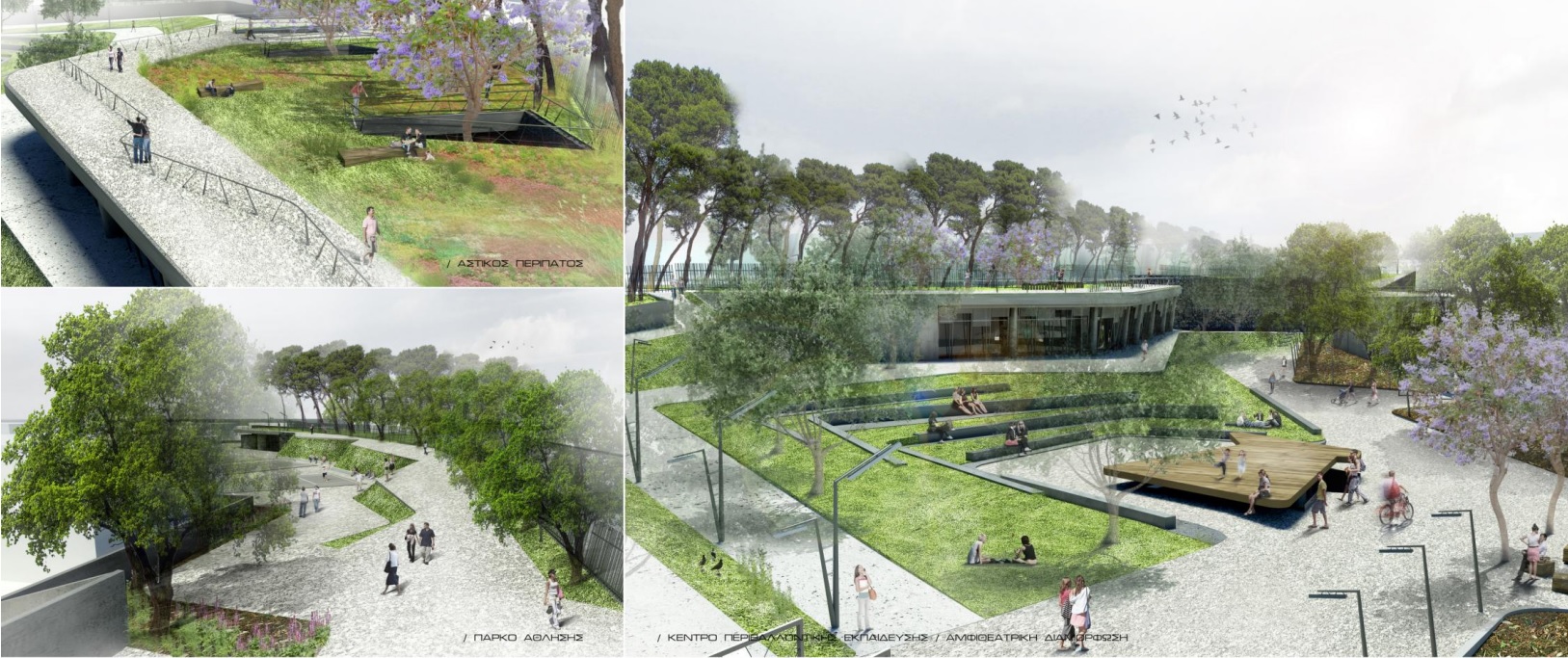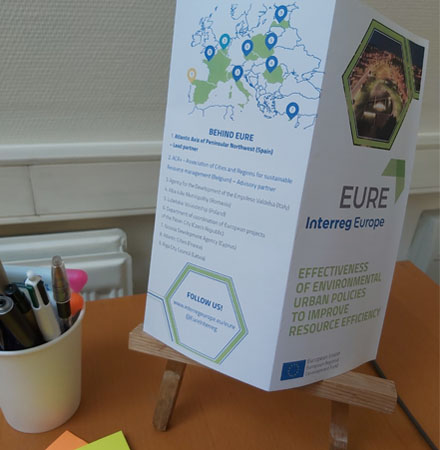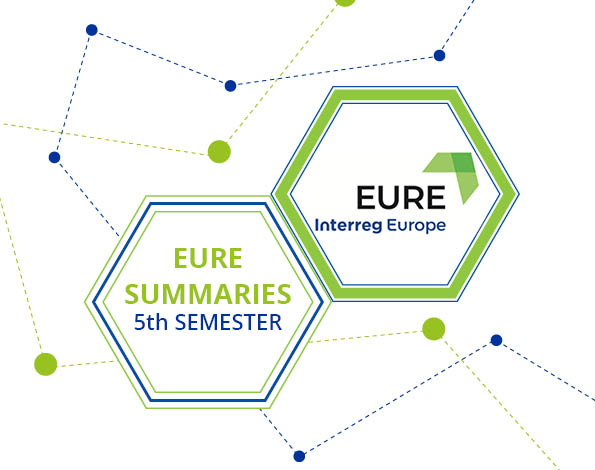Stéphane Péan is part of the pool of expert that is supporting the EURE's partners in the development of an analysis of the urban processes involved in the improvement of resource efficiency at regional level.
He gave us his point of view on the role of cities in boosting a sustainable development. This is the second episode on Smart cities for a sustainable urbanisation.
If you missed the first episode, take a look here.
Smart cities in Europe
According to the European Parliament’s in-house think tank, 240 European cities with populations over 100,000 have made some progress towards becoming smart cities. In Nordic countries, all of them are smart cities. Most cities over 100,000 people in Italy, Austria and the Netherlands are smart cities, as well as half of British, Spanish and French cities. In contrast, Germany and Poland are behind, while the eastern EU Member States have the lowest number of smart cities.
Since 2014, The EU H2020 agenda has largely supported a set of demonstrator programmes – the Smart cities and communities lighthouse (half a billion euros) – involving a hundred of cities with the aim to speed and scale the European market . To the contrary, these programmes largely resulted in pilots and small-scale demonstrators, leading to a much more subsidized, fragmented and modest scale market . A few richer Member States invest nationally in smart cities, and for instance the French programme Investing for the future (450 million euros). Regions could take a certain leadership such as the Scottish Cities Alliance, particularly through the European Regional Development Funds (60 million pounds). In rare cases, cities take direct initiative, such as the city of Dijon in a large smart city project engaging notorious French corporations.
Considering the smart city definition, it has become much more multidimensional and scalable, depending on which technologies to use, data to cope, domains to apply and integration level to reach.
Cities, the digital transformation
The “smartness” concept principally deals with the ability of transmitting and receiving data through the deployment of communication protocols.
Smart cities need an efficient digital infrastructure and communication networks and well aligned with the use cases scale. Largely deployed services depend on next generation access networks,
The deployment of connected devices – sensors, smartphones or connected vehicles – is a prerequisite to collect and exchange data.
In a near future, the fifth generation cellular network (5G) will deliver a universal network designed to virtually integrate all types of connectivity, whatever the technologies use.
Smart cities envisage data as a resource to monitor the urban life, optimise public policies or create new services for society.
Data can be collected and treated in real-time through the cloud (smart data) or combined massively all together for predictive analytics (big data) thanks to the use of cutting-edge algorithms (AI).
By the way, digital solutions must follow the EU General Data Protection Regulation (GDPR) , which went into effect in 2018 to give people more control over personal data, and hence their privacy. Nowadays, many European cities are engaged in open-data policies by publishing datasets on dedicated portals, predominantly in the mobility domain . This policy aims at transparency and efficiency (public sector) but also innovation and economic growth (private sector).
The EU Directive on open data and the re-use of public sector information entered into force in 2019.
Once nationally transposed, the new rules will particularly stimulate the publishing of dynamic data, fostering mobile applications market (APIs).
Integration of vertical domains
Smart cities applications are related to a variety of domains such as innovative business, urban mobility, built environment or even e-democracy. Nevertheless, an integrated framework is the key challenge to fully realize the promise of smart cities.
Even though ICTs are deployed in a range of application domains, cities cannot really be considered as smart until the whole connected system – a system of systems – is entirely integrated and geographically deployed at the urban functional scale.
To ensure the proper functioning of cities and quality of life, cities must monitor behavior and activities in their functional territory within a holistic vision. Therefore, a digital platform is a necessity to supervise, manage and regulate the city flows beyond administrative silos, but also communicate directly to citizens’ mobile applications. Properly processing all these data remains a key factor for better decision-making and implement decisive action plans.



